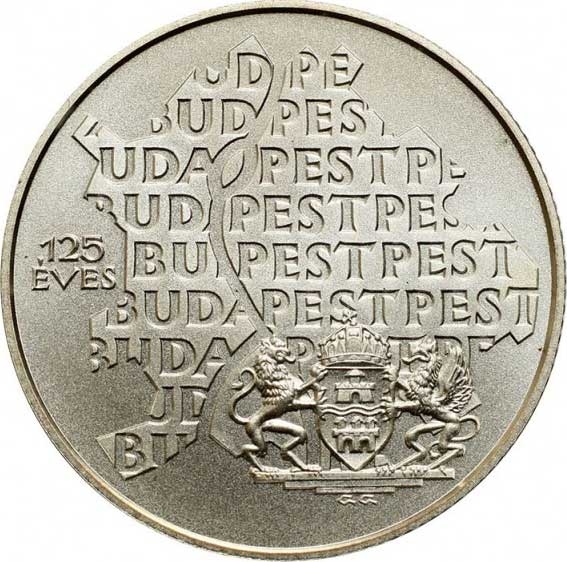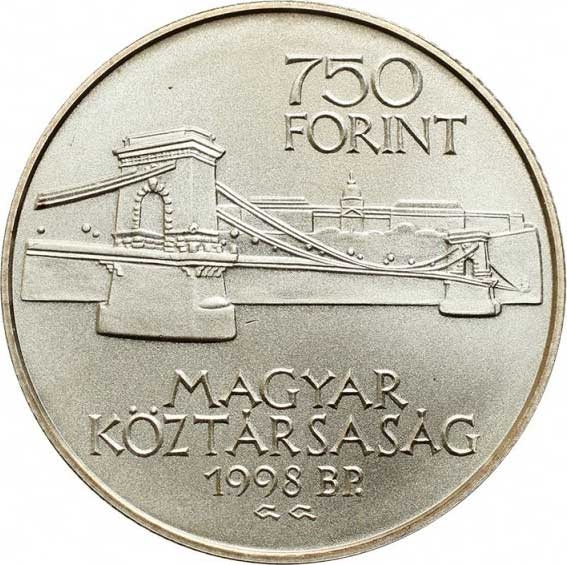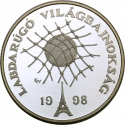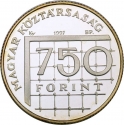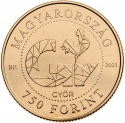You are about to finish your registration. Please check your mailbox (including spam folder). There should be a letter with a confirmation link. Check setting to make sure that your e-mail address is correct.
Send letter againDescription
The term "Budapest" was coined by István Széchenyi in 1831, advocating for a unified capital merging historic Buda and burgeoning Pest. Széchenyi stressed the necessity of artificial intervention to prevent the cities' provincial status, with the construction of the Chain Bridge symbolizing this union. Minister of the Interior Bertalan Szemere officially merged the cities on June 24, 1849, emphasizing Buda's historical significance and Pest's status as the capital. Despite the decree's initial failure, centralization continued under the absolutist regime, culminating in the amalgamation of Óbuda and Buda in December 1849, followed by Buda and Pest in November 1850. The Compromise of 1867 spurred further political changes, leading to the final merger of Buda, Pest, Óbuda, and Margaret Island on November 17, 1873. This event marked the establishment of the Municipal Council and paved the way for Budapest's transformation into a global metropolis, experiencing rapid growth in industry, commerce, and population. By 1890, Budapest's civilian population had surged to 492,000, elevating it to 8th place among European cities by 1900.
Engraver: Gábor Gáti
Obverse

|
Depicts a stylized map of Budapest, featuring the word "BUDA" on the Buda side and "PEST" on the Pest side. Positioned at the bottom right of the map is the coat of arms of the capital city, beneath which the designer's initials (GG) are displayed. On the left edge, in the center, the inscription "125 YEARS" is presented in two lines. 125 |
|---|---|
Reverse

|
Depicts the Chain Bridge at its center, with the Buda Castle depicted in the background. Positioned on the right side, at the top, is the denomination, followed by the inscription "FORINT" below it. In the lower third, consecutive rows of inscriptions including "Hungarian Republic," the year of issue and mint mark, along with the engraver's initials, are visible. 750 |
| Edge |
750 Forint
Third Republic
125th Anniversary of the Unification of Buda and Pest
KM# 725 Schön# 230 Adamo# EM149
125th Anniversary of the Unification of Buda and Pest
